The question at the heart of Amanda Knox’s latest memoir Free: My Search For Meaning is a simple one: what are the life prospects for an exoneree? It follows 2013’s Waiting to be Heard, which detailed the Seattle student’s imprisonment in Italy before and after a wrongful murder conviction, and her fight for justice.
For anyone who was asleep under a boulder at the time, Knox is the gauche American student who became the target of a media firestorm following the brutal murder of her British roommate Meredith Kercher in Perugia, Italy, in 2007. She was convicted of the crime alongside her boyfriend Raffaele Sollecito in 2009 and freed on appeal in 2011. (Kercher’s actual murderer, Rudy Guede, was convicted in a fast-track trial in 2008, and released in 2021.)
The story didn’t end with Knox’s 2011 release, however. There were further dramatic legal twists, culminating in Knox and Sollecito’s final acquittal courtesy of Italy’s Supreme Court of Cassation in 2015. Exoneration, though, as Free makes plain, isn’t a release for the wrongfully incarcerated, especially in cases of uncommon notoriety. Knox’s ongoing appeal to overturn a slander conviction, for a false accusation she maintains she made under duress in 2007, was recently denied. The ordeal continues, rippling out over time.
While Waiting to be Heard was an exhaustive, compulsive and painfully claustrophobic account of Knox’s time in Perugia and her travails at the hands of the Kafkaesque Italian legal system, Free is more expansive; contemplative in parts and kooky in others. There is some overlap between both books, notably in Knox’s recollections of prison. But the focus of Free is finding freedom in ostensible liberty and what kind of life is available to someone who has been accused, convicted, freed, re-convicted and – finally – definitively acquitted of a terrible crime in full view of the world’s media. It deals with the aftermath of infamy, of how to accept and make the best of an uncommon fate and an unwanted public profile.
Knox’s early period of freedom, as she tells it, was riddled with anxiety. Even before a retrial was ordered in 2013, she was haunted by her experience. She was persistently recognized and beset by uncertainty about how to live. The grueling nature of the press’s coverage of the case, which came only a few years before the eruption of the true crime genre, ensured there was little possibility of Knox’s quiet reintegration into society. Her memoir, for which she received a reported $4 million, told her side of the story (as well as helping cover her considerable legal costs) and she later took part in a documentary.
In the years since, though, she has accepted the hand she has been dealt – getting married, having children and becoming a writer, podcaster and advocate for criminal-justice reform. She is currently co-executive producing a drama about her legal fight, alongside her friend Monica Lewinsky – herself a figure of intense media scrutiny and subjected to similar, widespread misogyny – which has understandably caused consternation in Perugia.
It also reignites accusations of callousness towards Kercher’s family. The book’s thorniest issue is that of Knox’s victimhood, especially where it clashes with the unimaginable suffering of Kercher and her bereft family. There is a reasonable discussion to be had as to whether Knox should discuss her experiences at all. Wrongful convictions, Knox writes, “confuse our sympathies,” leading to multiple victims. Though acutely aware of the sensitivity of discussing the case, she nevertheless carefully argues that her right to justice, and the right to discuss her experience, is not a violation of Kercher’s memory. Free chronicles various events in Knox’s life after 2011, from meeting her future husband and starting a family to building a different family of fellow exonerees via the Innocence Network.
The book’s emotional climax, however, is her meeting with prosecutor Giuliano Mignini. Mignini propagated the “Foxy Knoxy” storyline, persisting in the theory that Knox and Sollecito, alongside Guede, killed Kercher in a sex game gone wrong – despite a lack of evidence. Knox, who has always shown her optimism – or naivety, or strangeness bordering on abrasiveness, depending on your view – began to correspond with Mignini in 2019.
After Mignini initially refused to read her letters, he was finally persuaded to connect after hearing the speech Knox gave that year to the Italy Innocence Project. Their meeting took place after the pandemic and it is an unbearably tense, emotionally wrenching encounter. (You feel for Knox’s poor mother, still unable to trust Mignini, who had to wait nearby, hyperventilating with anxiety, as the meeting took place.) Though Knox doesn’t get the apology that she craves, she finds empathy for Mignini, building a surprising friendship with her erstwhile adversary. As for Guede, such clemency is withheld, not because she resists the possibility of his rehabilitation, but because he refuses to admit his crimes.
Not everyone is lucky enough to build a life after an experience like Knox’s – not least because so many of the wrongfully convicted spend decades in prison before their eventual release. In a touching closing encounter with her former boyfriend Sollecito, she senses his sadness at an attenuated life. The book’s publication, nearly 20 years after Kercher’s murder, will undoubtedly be taken as further evidence of a crude fascination with the case, and another instance of Knox’s publicity-seeking insensitivity. But in defending her right to a public life that is inseparable from what happened to her, Knox also asks what it is that society wants from exonerees, and whether we all would rather they simply vanished from sight. It’s a question that lingers long after finishing Free.
This article was originally published in The Spectator’s May 2025 World edition.



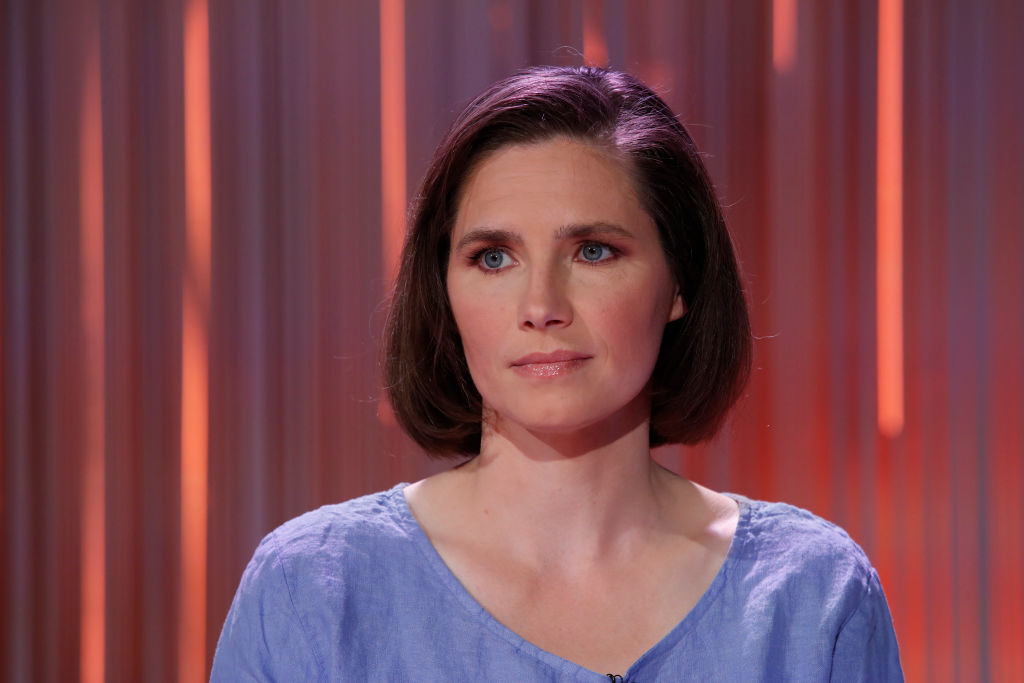








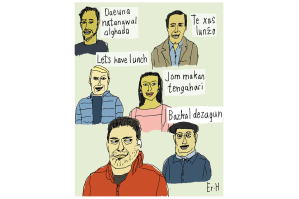

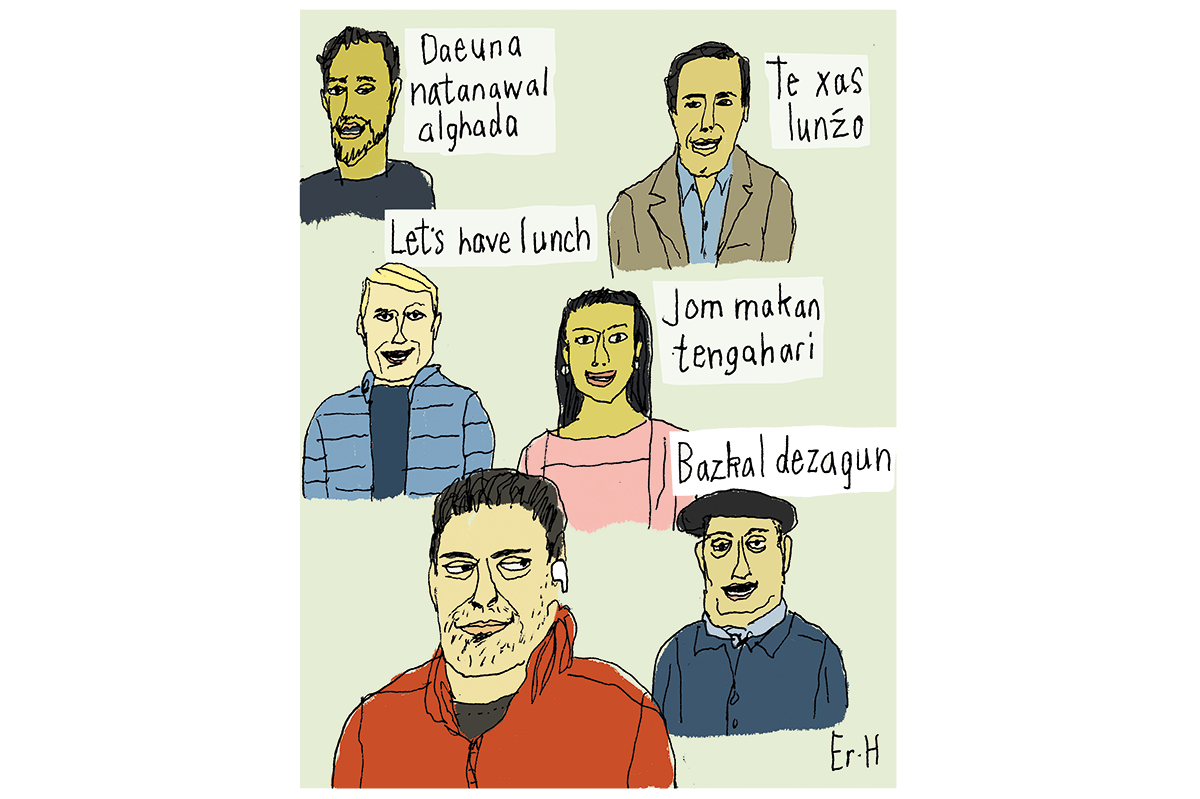


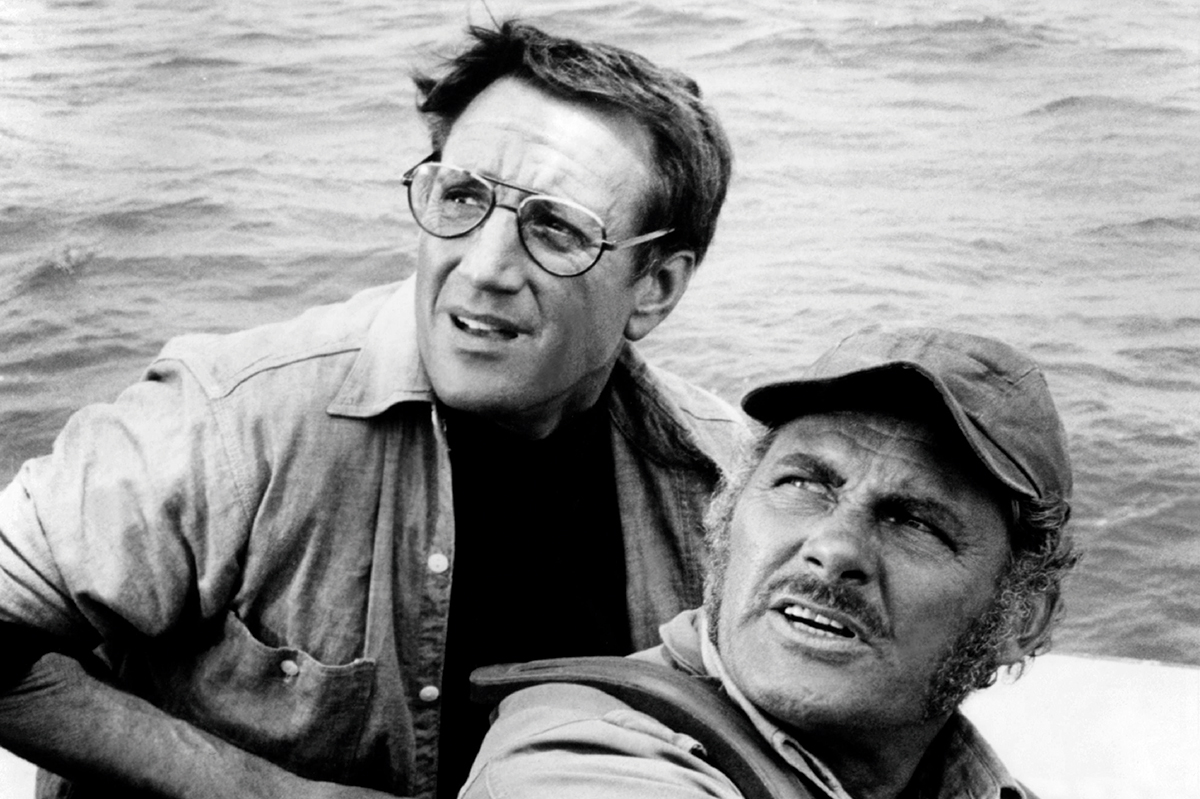


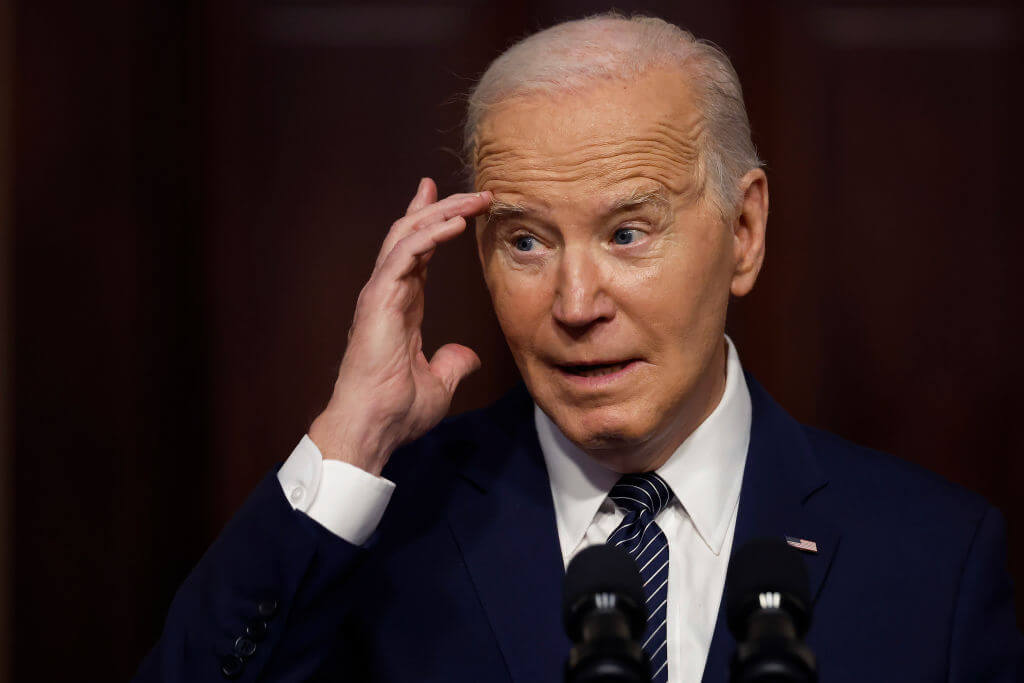



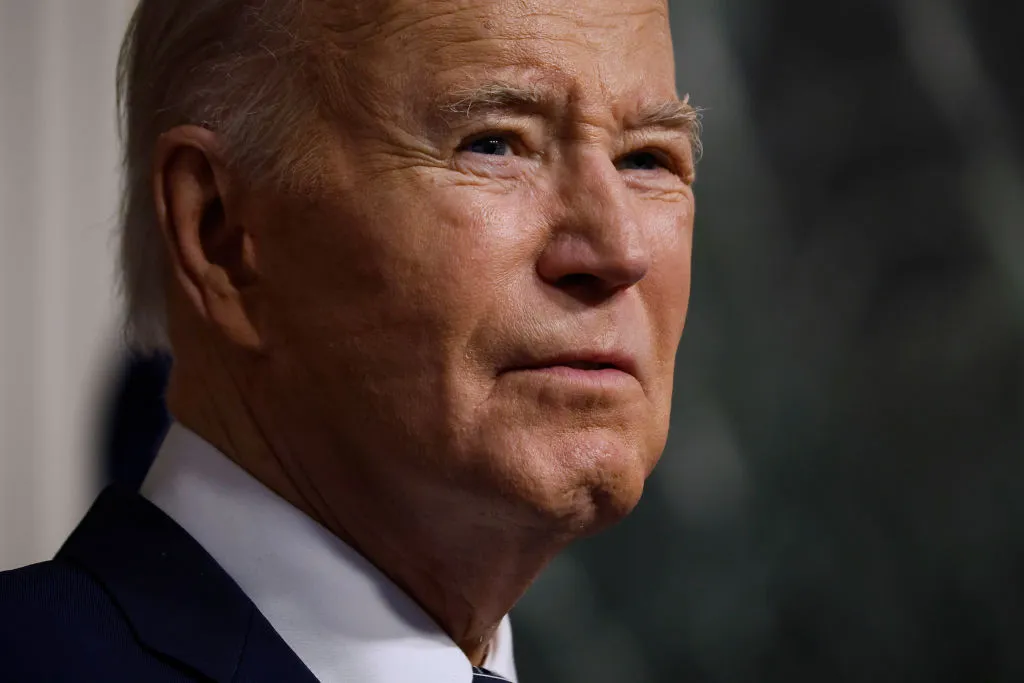

Leave a Reply